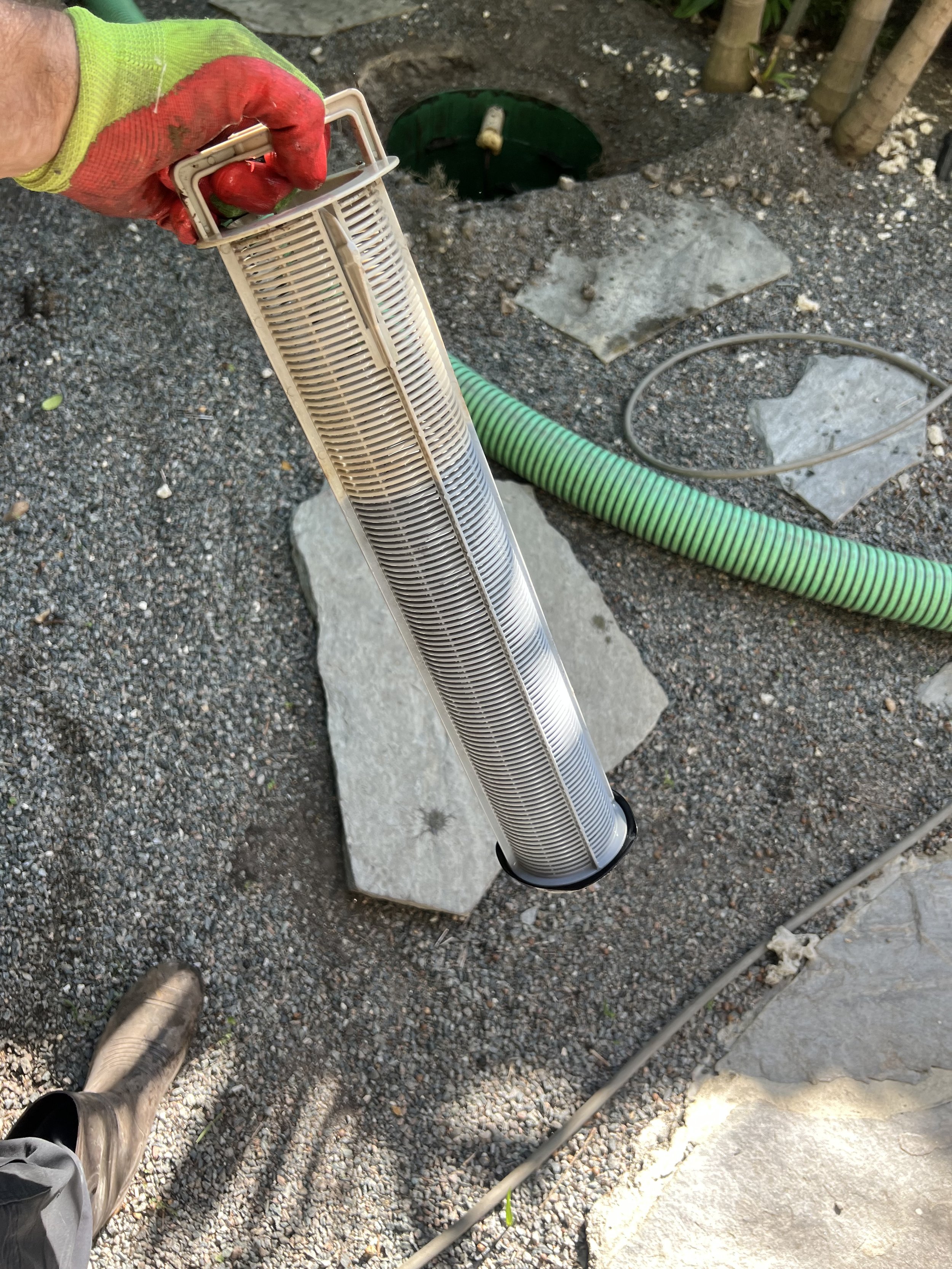$5 Part Can Save You Thousands On Septic System Problems
Leaking toilets are the #1 cause of premature septic system failure.
Example of a running toilet caused by a leaking flapper valve.
What is a Toilet Flapper Valve?
A toilet flapper valve is a rubber or plastic disc that sits at the bottom of the toilet tank. When you flush the toilet, the flapper valve lifts, allowing water to flow from the tank to the bowl. The valve then closes once the tank is empty, preventing water from continuously flowing into the bowl.
Understanding Your Septic System
Before we dive into how a running toilet affects your septic system, it's important to understand how your septic system works. When you flush a toilet or run water down the drain, the wastewater travels through pipes and enters the septic tank. Solids sink to the bottom of the tank, where they are broken down by bacteria. Liquids rise to the top of the tank and flow into the drain field, where they are absorbed by the soil.
How a Running Toilet Affects Your Septic System
A constantly running toilet can cause several problems for your septic system:
Increased Water Usage
It may seem like a trickle but, when a toilet runs constantly, it can use a significant amount of water. This constant trickle stirs the solids in the tank never allowing the tank to process waste thoroughly. The sludge that usually drops to the bottom is suspended throughout the tank. Over time, this can cause your septic system to fail, leading to costly repairs and maintenance.
Overloading the Drain Field
The drain field is a critical component of your septic system. When a toilet runs constantly, it can cause the drain field to become overloaded with fine sludge particles. This can lead to clogs, backups, and other issues that can damage your septic system.
Preventing Damage to Your Drain field
Septic Tank Filter
A septic tank filter helps to prevent sludge particles from ruining your drain field.
Fortunately, there are several things you can do to prevent damage to your septic system:
Fix a running toilet as soon as possible to prevent increased water usage.
Have a filter installed in your septic tank to prevent drain field damage.
Use water-efficient appliances and fixtures to reduce overall water usage.
Avoid flushing anything besides human waste and toilet paper down the toilet.
Have your septic system inspected and pumped regularly to prevent backups and blockages.
Fixing a Running Toilet
If you have a running toilet, it's important to fix it as soon as possible to prevent damage to your septic system. Here are a few steps you can take to fix a running toilet:
Check the flapper valve to make sure it is sealing properly.
Check the fill valve to make sure it is set at the correct height.
Check the chain on the flapper valve to make sure it is not too tight or too loose. Too loose and the chain gets stuck underneath the flapper not allowing it to seal. Too tight and the flapper valve can never seal properly because it is restricted by a short or tight chain.
Check the float ball to make sure it is not damaged or stuck.
If you are not comfortable fixing a running toilet yourself, it's best to hire a professional to do the job.



